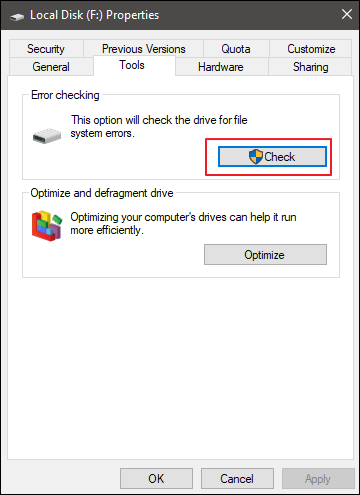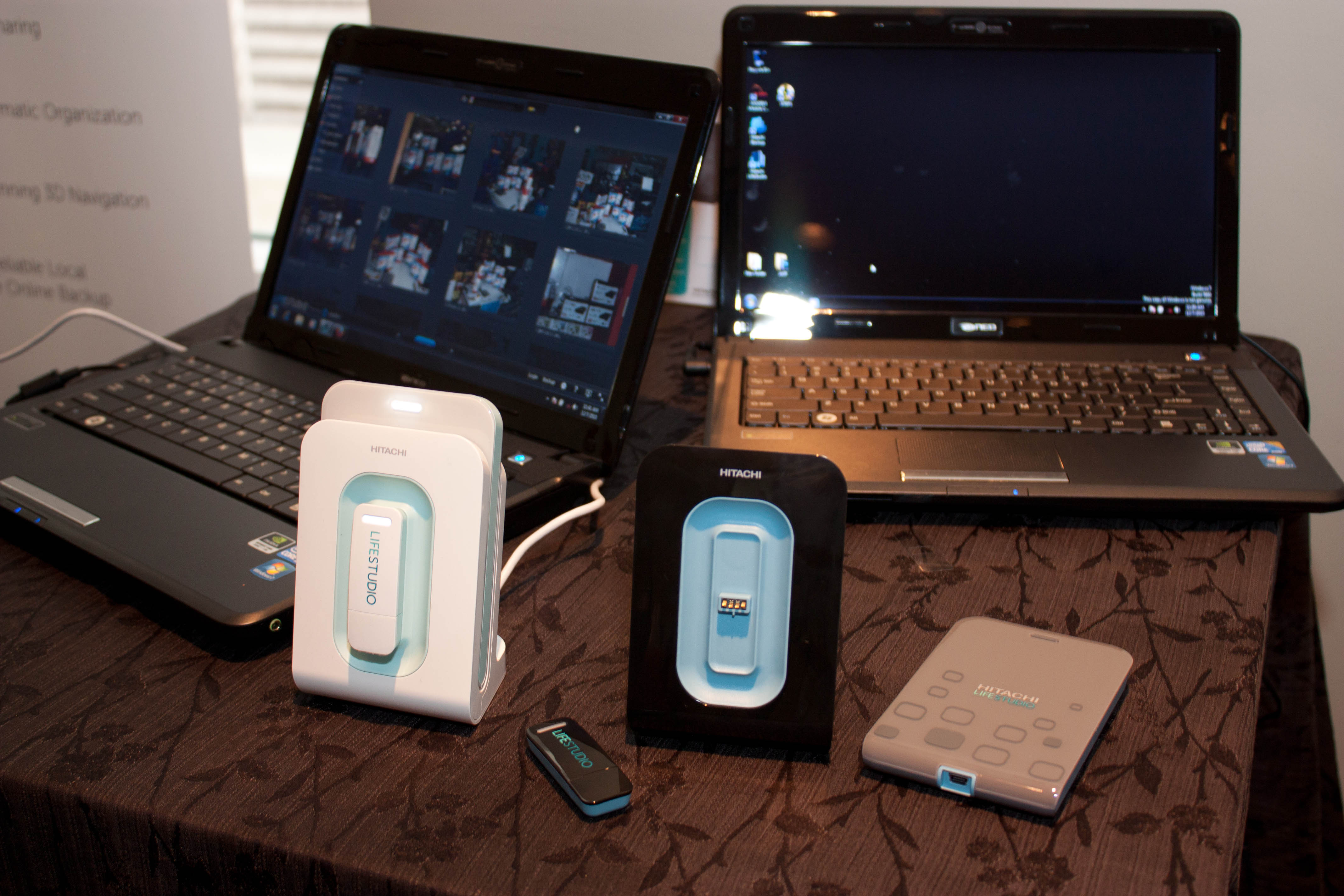CHKDSK also fixes misaligned time stamps, file size data, and security flags on files on the drive. CHKDSK can then conduct a complete scan of the drive, accessing and testing every sector of the hardware. Hard drives are divided into logical sectors, defined areas of the drive where a certain defined quantity of data will be stored. You have to access the anti-virus manually and then, set it up to scan the external hard drive. You can trigger the scanning by clicking some of the icons on your desktop. The actual scanning depends on the amount of data contained in your external hard drive. If it is loaded, you need to wait a bit longer.
Computer viruses and other types of malware don´t just affect your computer´s primary hard drive. They can also get into devices like flash drives or external hard drives if you´re not careful. You can use Avast Free Antivirus to perform a complete scan of your external hard drive in just a few moments.

Avast is a very powerful free antivirus program designed for the Windows operating system. When you perform a general scan of your computer, the program analyzes all of the files on your primary hard drive for traces of viruses and malware. The problem is that viruses aren’t just exclusive to your primary hard drive – other external storage devices like an external hard drive can be infected as well. You can use the Avast free antivirus software to perform a full scan of any external hard drive you own. You just have to configure the program in a very particular way to allow this to happen.
Step 1
Plug any external hard drive or USB flash drive that you want to scan for viruses into your computer. If you are scanning a USB flash drive, plug that flash drive into a USB port. If you are scanning an external hard drive, use the drive’s USB cable to attach it to your computer. Remember that most external hard drives also require an external power source, so be sure to plug the drive’s power cable into a wall outlet before continuing.
Step 2
Open the Avast free antivirus software on your computer. You can use either the desktop shortcut icon that was created during the program’s installation or the icon in the “Avast Free Antivirus” folder of your computer’s “Start” menu.
Step 3
Click the button labeled “Scan Computer” on the left side of the Avast program’s main menu. The window that opens on screen will feature controls that allow you to scan your hard drive for viruses and malware in a number of different ways.
Step 4
Locate the section of the window on screen that reads “Removable media scan.” This section allows you to simultaneously scan all removable and external storage drives on your computer. Click the button labeled “More Details” to expand this section.
Step 5
Click the button labeled “Start” in the “Removable media scan” section of the window on screen. The Avast software will now scan all of the external and removable drives connected to your computer. Any viruses or other types of infected files that are identified will be immediately quarantined by the program. Wait patiently for the scan to complete to get a detailed breakdown of everything that the program found on the selected drives.

Related article:Using PC Tools Spyware Doctor with Antivirus Scan Your PC
How to Use Avast Free Antivirus Software
How To Scan External Hard Drive For Viruses
Viruses just need a small hole to creep into your computer. You cannot take computer bugs any lightly, because they may cause serious damage. Everyone knows how dangerous the computers buds are, but the more important thing is to understand how to get rid of them.
Not only the internal memory, these sneaky little viruses can also attack the external hard drives. And whenever we attach the external ones to the computer, the viruses spread everywhere.
How To Scan External Hard Drive For Viruses On Mac
The viruses damage your computer very slowly. Initially, they affect speed of the machine, followed by a few disrupted programs. Gradually, the virus makes life very problematic for the system and user. And eventually, the machine stops working one day or another.
It is always better to scan all your internal and external hard drives after every while. The antivirus software though puts pressure on the system, it is not as heavy as the virus. Cleaning your system regularly not only speedups your machine, but also extends its life. Scanning an external drive is not a tough thing to do.
- Iran Cracks Down On VPNS
- How to Take Screenshots on Your Computer
Instructions

Install reputable antivirus software
First of all, you need to install a reputable antivirus. There are plenty of programs available on the web. In order to get more secured one, buy a CD and register yourself with the manufacturer. Update it and get the latest version. Norton Antivirus and Nod32 are the most used programs in this category.- 2
Connect External Hard Drive
After getting a reputable program, connect your external Hard Drive through USB or any other port. The new Hard Drives support USB connection.
Wait for the system to recognise your hard drive. The system will automatically come up with a message, saying that a new drive has been found. - 3
Run Virus Scan
Open your antivirus program, and run a complete scan. It may take plenty of time. To save time, you can make this procedure more specific.
Open ‘My Computer’, where you will find the icon of the recently-attached hard drive. Right-click on the drive, select the option that says ‘Scan Hard Drive’. The latest versions do offer this option; however, if you don’t find it, run scan for your entire machine, which is time consuming though. - 4
Open Hard Drive after scanning
Don’t ever open the external Hard Drive before scanning, because the virus will automatically creep into the other hard drives. Once the scanning is done, you are free to use your external hard drives.

- Iran Cracks Down On VPNS
- 43 Shortcut Keys for Internet Browsers
- How to Add a Quick Restart Function to Firefox
- How to Add Google Dictionary Power to Chrome